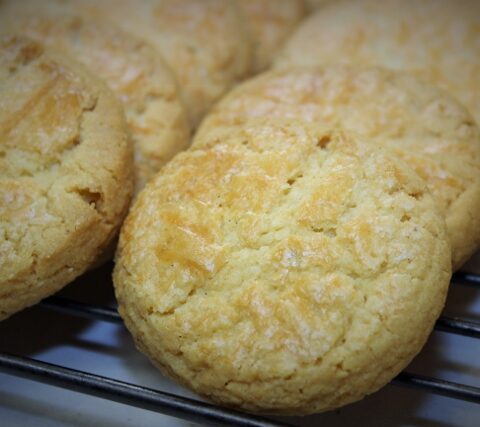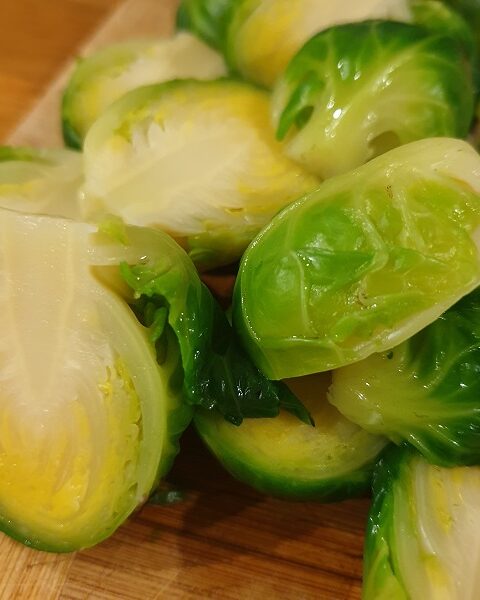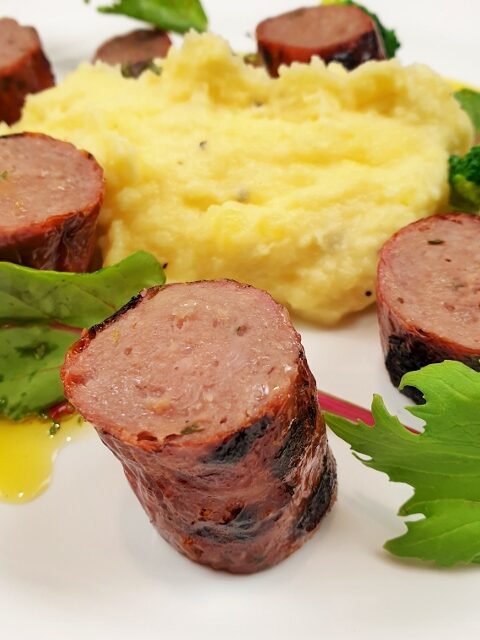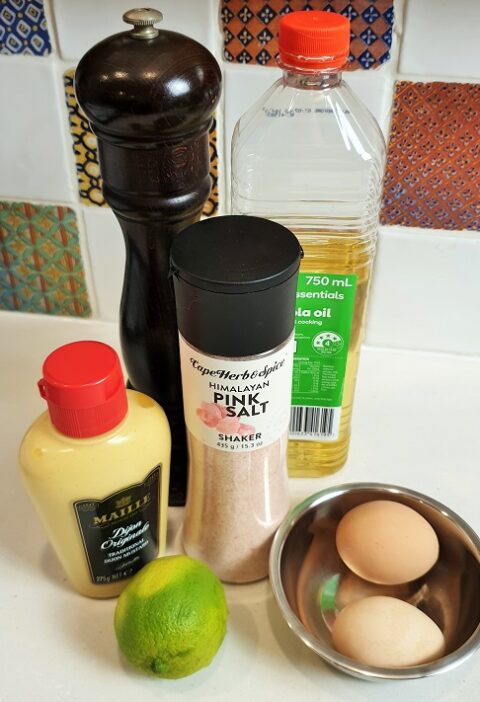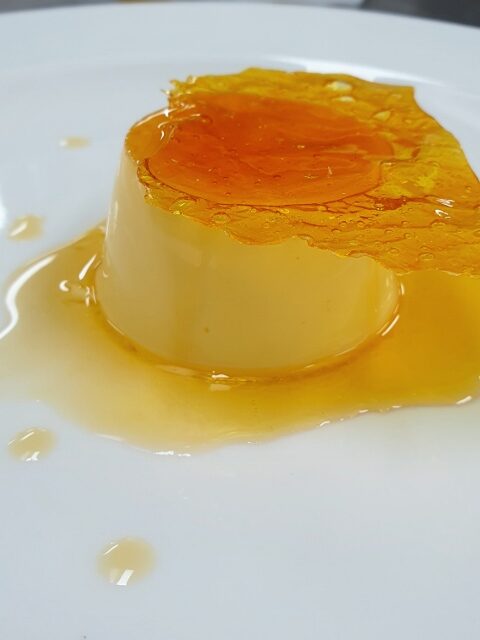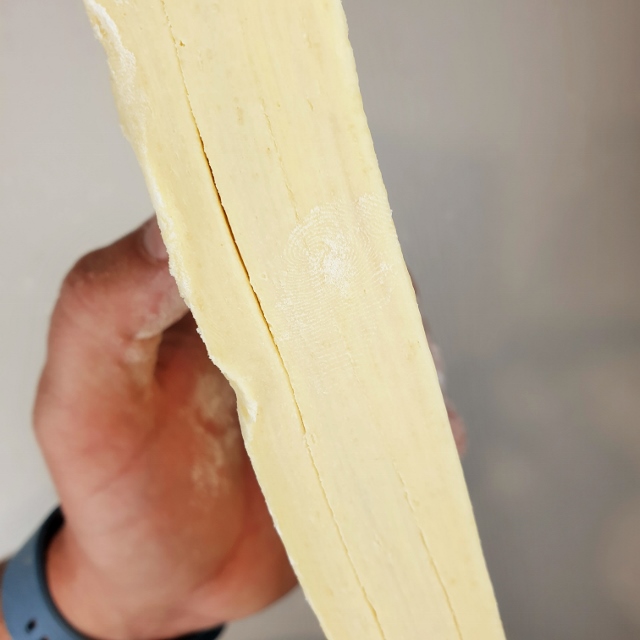
Puff pastry
Puff pastry is one of the best pastries to use to create savoury or sweet delights. It is flaky, buttery and feels light as you eat it. Many people choose not to make it because it is time consuming and can be difficult to produce. However, with few tips and instructions you can do it and the end result is so rewarding to your tastebuds that you will crave it again.
This Recipe was shared to Michel and Albert Roux Famous pastry chefs and chefs. It was developed by Jean Millet a Parisian pastry chef that shared his talent to the world in the 1960’s in Paris. I have slightly adapted the recipe to make it my own and to have a more buttery mouthfeel.
For the full Recipe click on the link below:
Puff pastry also known as “pate feuilletee” is a laminated dough. The lamination is created by layers of dough “the detrempe” and butter “the beurrage”. The lamination involves a particular technique of folding the dough and giving “turns”. After giving the pastry 6 folds and turns the pastry is ready and has 100s of layers. There are different ways to add the butter to the dough. The English method as shown in this video, The French method and the Scottish method. You can also come across of the inverted method where the pastry is folded into the butter (this is the hardest if you have a hot kitchen as the butter melt quickly).
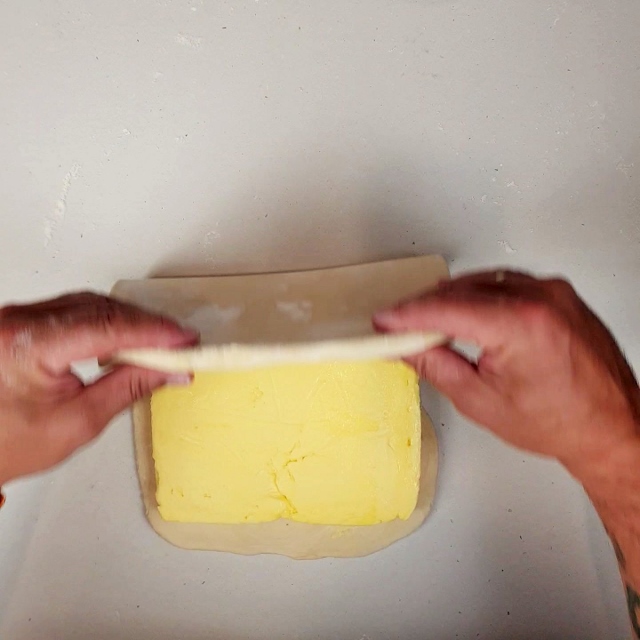
What makes the dough raise and makes it light? It is the butter. During baking the butter melts and release steam, the steam pushes the thin layer of dough and lift the layers to the top which creates little air cells between the layers. It was said that if you make a good puff pastry, you create 996 layers, which give the name of the “mille-feuille” (1000 sheets) also known as the vanilla slice dessert.
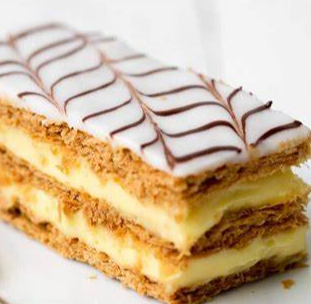
In regards to the History of the puff pastry, we will have to look back in all records to see what was described as a flaky pastry. I personally believe that the first records were made in the Middle East. The “Filo” pastry was really popular at the time and used in many cooking preparations in the 10th century. It seems as the recipe travelled to Spain and was used there for a long time. In 1311, The Bishop of Amiens (France) also describe a flaky pastry that he had at a dinner in some of his related work and written memories. Some records claim that Claude Lorrain a painter was at the origin of making a puff pastry, layering dough and butter to bake for his sick father in 1645. However, the first recorded and published recipe in France was just a little later in 1653, in the book “Pâtissier Francois” by Francois Pierre La Varenne.
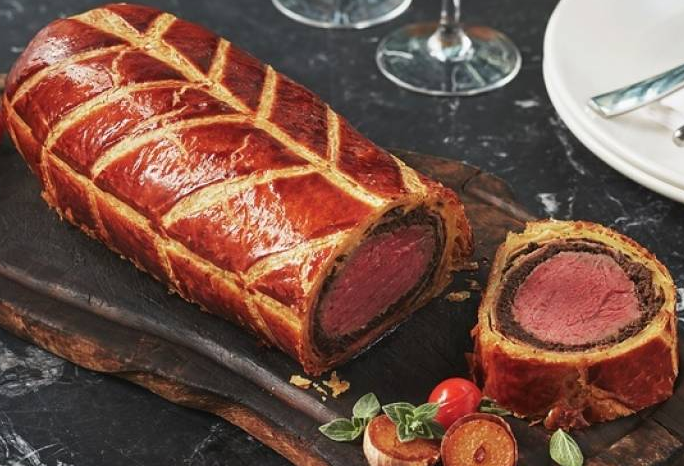
Puff pastry is commonly used for these recipes
Mille-feuille, Beef wellington, cheese straws, palmier, elephant ears, pithivier, king cake, sausage rolls, pies (sweet or savoury), apple pie, turnovers, tart Tatin and the list can go on.

Nowadays you can get “convenient puff pastry “already rolled and made for you in many frozen sections of your local grocery shop. I must say it is convenient but you will never get the pastry to lift or raised as much as your own puff pastry and the taste will never be as good as your own. 1 tip if you use frozen pastry you will need to use 2 or 3 layers of the pastry on top of one another to aim for a final product that “looks” like home made one.
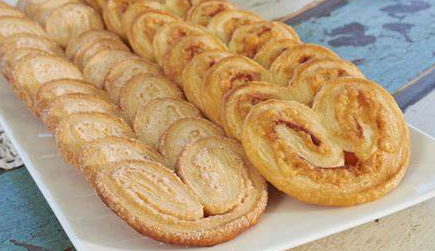
Take your time, this recipe can be made over few days, there is no rush. Once done you can keep it up to 5 days covered in the fridge or up to 6 months well wrapped in the freezer.
Nutritional value of puff pastry:
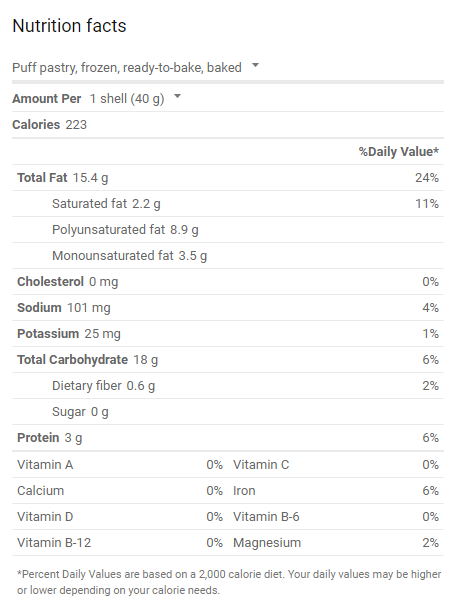
You can find the utensils I used for this recipe following the links:
Bowls: https://amzn.to/2P1sRoY
Rolling pin: https://amzn.to/2UPaJBq
Let’s get the flour and butter out and let’s get puffing.
Frenchy



